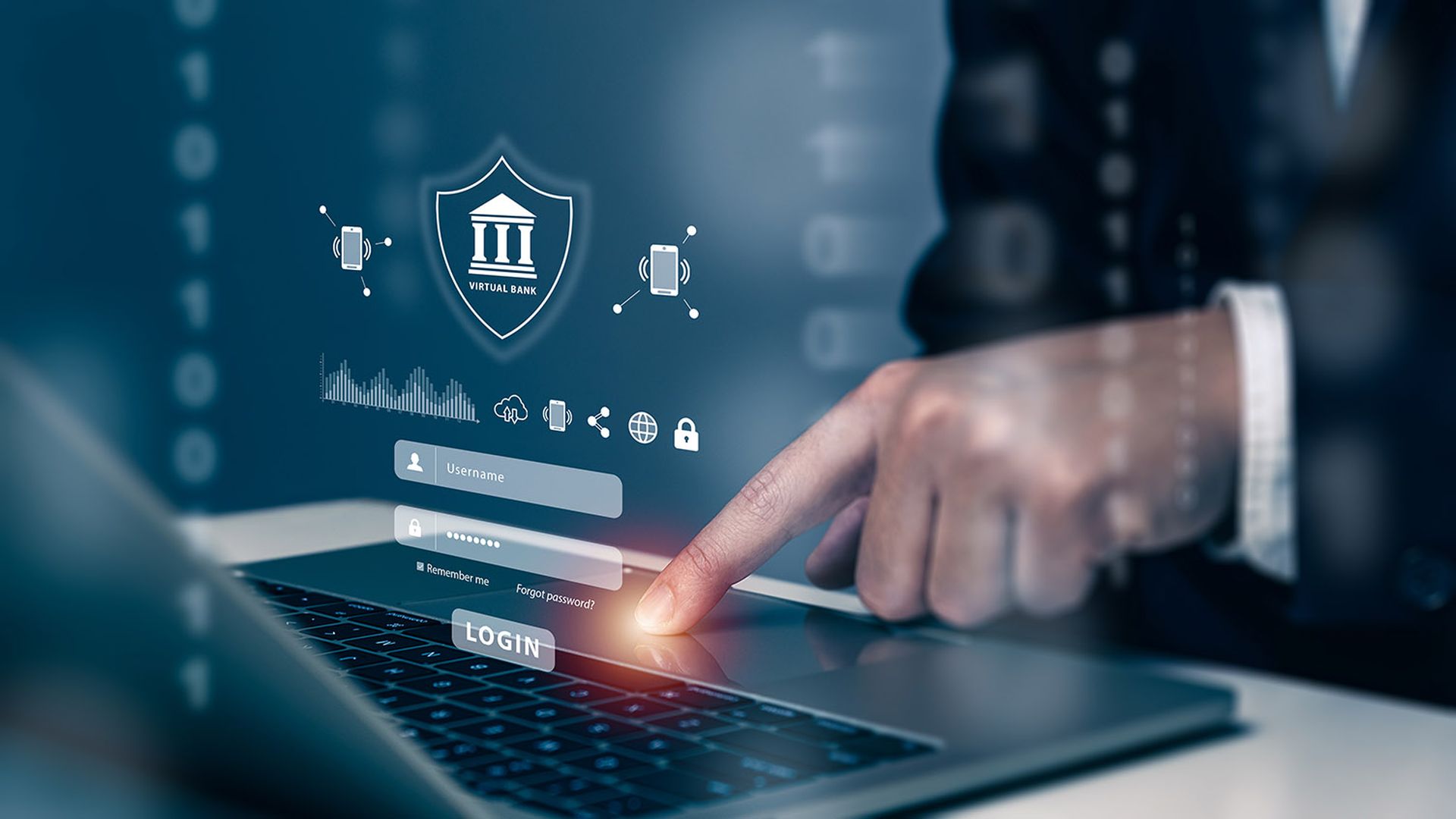Last year was a record setter for cybercrime, and the finance sector was one of the main targets. According to the FBI, the amount paid to ransomware scammers has reached nearly $1 billion annually. Overall, the financial services industry has the second highest number of security breaches. What are some of the ways you can better protect a financial institution from a cyberattack? Here are seven of the best cybersecurity practices your financial firm should live by.
1. Follow a formal security framework
In the United States, nearly 60% of citizens say they or a close family member have fallen victim to a data related fraud (Source). According to The National Institutes of Standards and Technology Cybersecurity Framework (NIST CSF), there are five core areas that you should establish in your security framework.
Financial institutions abide by The Federal Financial Institutions Examination Council (FFIEC) and NIST. FFIEC provides an Information Technology Examination Handbook, a comprehensive list of security guidelines.
2. Employee training on cybersecurity
Experts predict spending on cybersecurity training for staff will surpass $10 billion by 2027. Arming your employees with knowledge about your defense mechanisms for cybersecurity is one of the best ways to prevent attacks. Providing the proper training for employees is the first step in building your defense against cyberattacks. Consider implementing regular training for employees to prepare your team for new threats. All employees should be aware of how to spot phishing scams, such as messages that are sent from recipients in your contact list and those with vague subject lines. Teach employees to use password managers which will encourage them to use unique and complex passwords and to always turn off or lock their computers when stepping away from the screen. Properly training your employees about the risks of cybersecurity is your first line of defense against cyberattacks.
3. Devise comprehensive incident response plans
Create an incident response plan as a precaution to cyberattacks. Your team should be quick to respond and act upon security threats. Every employee should have an assigned role and know what they need to do when threats are occurring. Having a plan that you can implement quickly can stop a threat in its tracks and save your business from detrimental damages. Having a plan can keep employees calm during security threats and allow your business to recover faster. Have your employees perform the incident response plan before an actual cyberattack to test their readiness to respond to a threatening situation.
4. Routine risk assessments
Overall, 66% of businesses that are victim to cyberattacks aren’t confident they can recover. Regularly auditing your network helps to pinpoint gaps in your security and prevent cyberattacks. You should be performing regular risk assessments to ensure you are complying with data privacy regulations. Even if you believe your network is well protected, the smallest breach in security can lead to devastating results for your business. Often, financial institutions use third party applications that can offer a greater risk of security breach. Limit the access your third parties have to your sensitive data and be clear about the security guidelines that your third-party vendors need to follow. By identifying where the weaknesses are in your network, you can target those gaps and help protect your network by securing it.
5. Use up to date software
One of the biggest mistakes any business can make when protecting their network from cyberattacks is to use out updated systems to store data. Using out dated systems and programs puts your business at a higher risk for security threats because it offers more opportunities for criminals to access your network since your programs are old and outdated. Keeping your systems updated to the newest software enables your business to have better protection since updated programs complies with cyber security protection protocol. Having updated programs builds a better wall between your business and cyberattacks.
6. Perform Continuous Threat Monitoring
Having cyber security programs that can perform continuous threat monitoring is crucial for financial institutions. The sooner you can detect a threat, the better protection you offer your company. Hackers try to cover their tracks on your network system and attack it multiple times. Using real time threat monitoring detects the earliest security threats. Approximately 35% of threats are detected between 8pm and 8am (Source). The sooner you can act upon a threat, the sooner you can implement your plan and save your data. In finance, 24/7 threat monitoring is a necessity, programs that offer such services will give your institution the upper hand when it comes to cyber threat detection and prevention.
7. Use Backup Technology to Recover Your Data
Using backup technology is common for organizations that are exposed to cyberattacks. Look for technology services that backups your data through encryption. This way, no data is lost during a cyberattack and you can save time and money trying to restore your data. Have recovery confidence with you data by investing into services that backup your data to promise a smooth recovery.
Need more guidance? Sign up for this No-Cost Compact NIST Cyber Security Framework Assessment.
Blog courtesy of Kyber Security, a managed security service provider in Fairfield, Connecticut. Read more Kyber Security blogs here.




